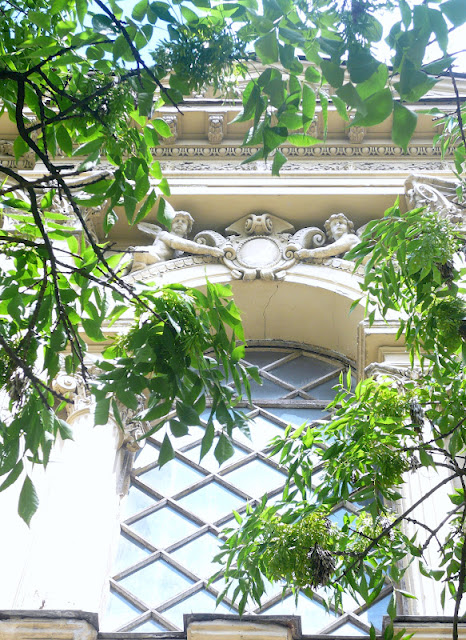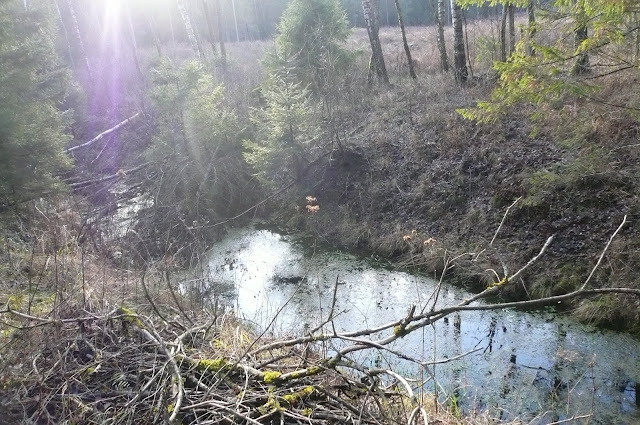Welcome to our Sunday Spotlight feature in which one of our favorite travel bloggers shares five photos from one of their favorite travel destination. If you want to participate in a future Sunday Spotlight, please contact us.
![]()
Author Bio: I’m Ele Pranaityte, a teacher of English, traveler, travel blogger, tourist guide from Vilnius, Lithuania. I started blogging almost a year ago at www.kootvela.blogspot.com and I am working hard to promote my country to the world. You can also follow me on Twitter.
I have selected the following 5 photos for Sunday Spotlight series because I think the main Lithuanian landmarks are well-known already and need little introduction. The photos I have chosen are somewhat off-the-beaten-track. They were all taken by me during my outings and there is a unique story behind each.
The first photo shows a fraction of the façade of a house in Basanavicius street in Vilnius. It’s a very old street and once it used to be called Great Pohulianka (“Great Walking Avenue”) and a famous writer Romain Gary used to live in this street. He is famous to have been the only person to have won the Prix Goncourt award twice. In fact, this award is awarded once only, but R. Gary published under another name and that didn’t come out until much later. The street has many buildings in what could be called a kind of Art Nouveau, but many are in state of disrepair with trees growing on their balconies. This street is mentioned in R. Gary’s autobiographical book along with many interesting events of his life, including eating a shoe to prove love to a girl!
The second photo shows some apple blossoms against a clear Vilnius sky. Everybody knows about Japanese sakura blossoming and their watching days, called hanami. But our country has also got beautiful apple trees to watch and admire and this photo is a proof of that. Now, you must think I had to go to the countryside to take this photo? Well, not exactly. There are many orchards in the middle of living districts in Vilnius. Formerly, there were farms and farmsteads instead of a big bustling city, but the time now erased the people, the houses, the farmstead fences…except for the old apple trees that still produce apples long after their owners have disappeared in time.
The third photo was taken at Kairenai botanical gardens in Vilnius. Tulip days in spring attract many people because it’s such a colourful scene that lasts such a short time only- some species bloom only for a few days. As my luck would have it, it always rained whenever I went to see them, so I had to balance a camera in one hand and an umbrella in the other. The lovely spider just added the flavour to this picture. The history of the botanical gardens in Vilnius started back in 1781 and their founder’s biography is no less interesting but to know more- cherche la femme.
The fourth photo was taken during a 20 km long hike in Lithuania; it was my very first hike ever. I am not a professional photographer and my camera is nothing special, but some photos, like this one, are just simply awesome. The small river had to be, it turned out, crossed by wading or jumping over it only, and I was fortunately wearing my Wellington boots. We have many forests and gathering forest goods is a favourite free time activity and a source of income.
The last photo was taken on the same hike as the fourth photo. We visited a small village where people live in a clay house and make pottery using a Japanese fireplace built by Japanese masters. They keep some cattle as well, and the colours of this caption in mid-autumn and rain bristle make this photo one of my favourites. I just keep wondering why the very left sheep is so dirty, what so naughty has it been doing?












